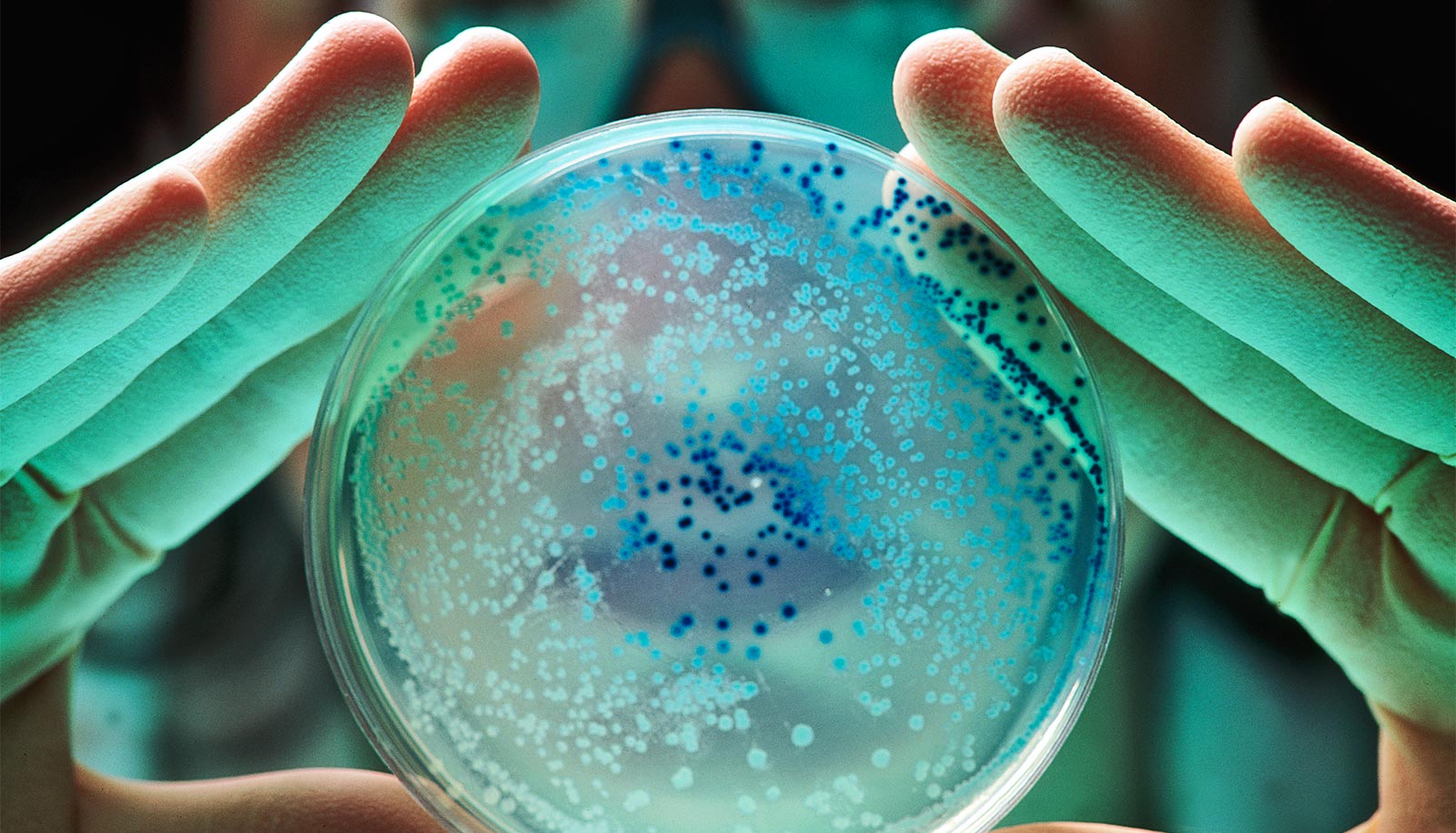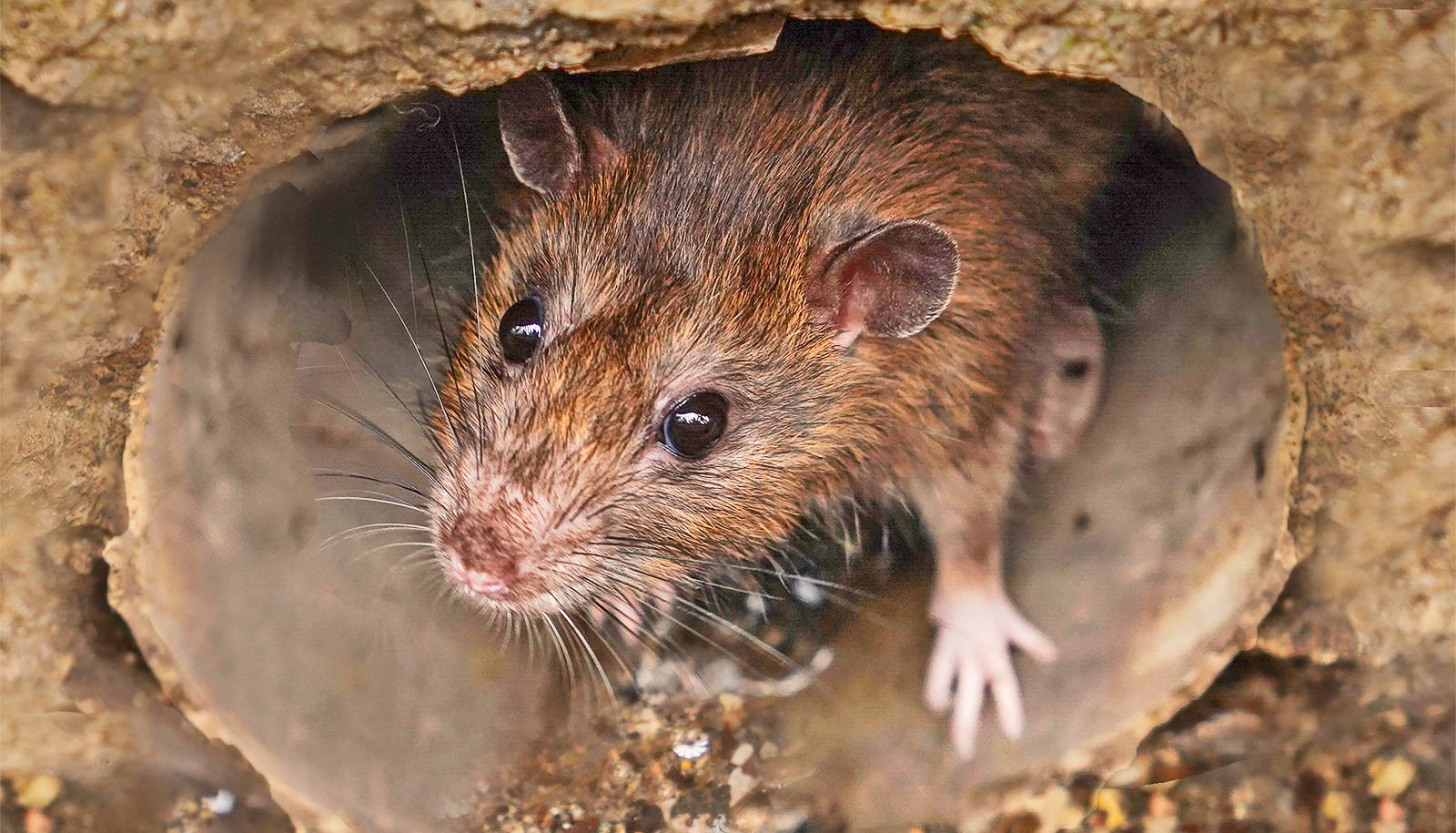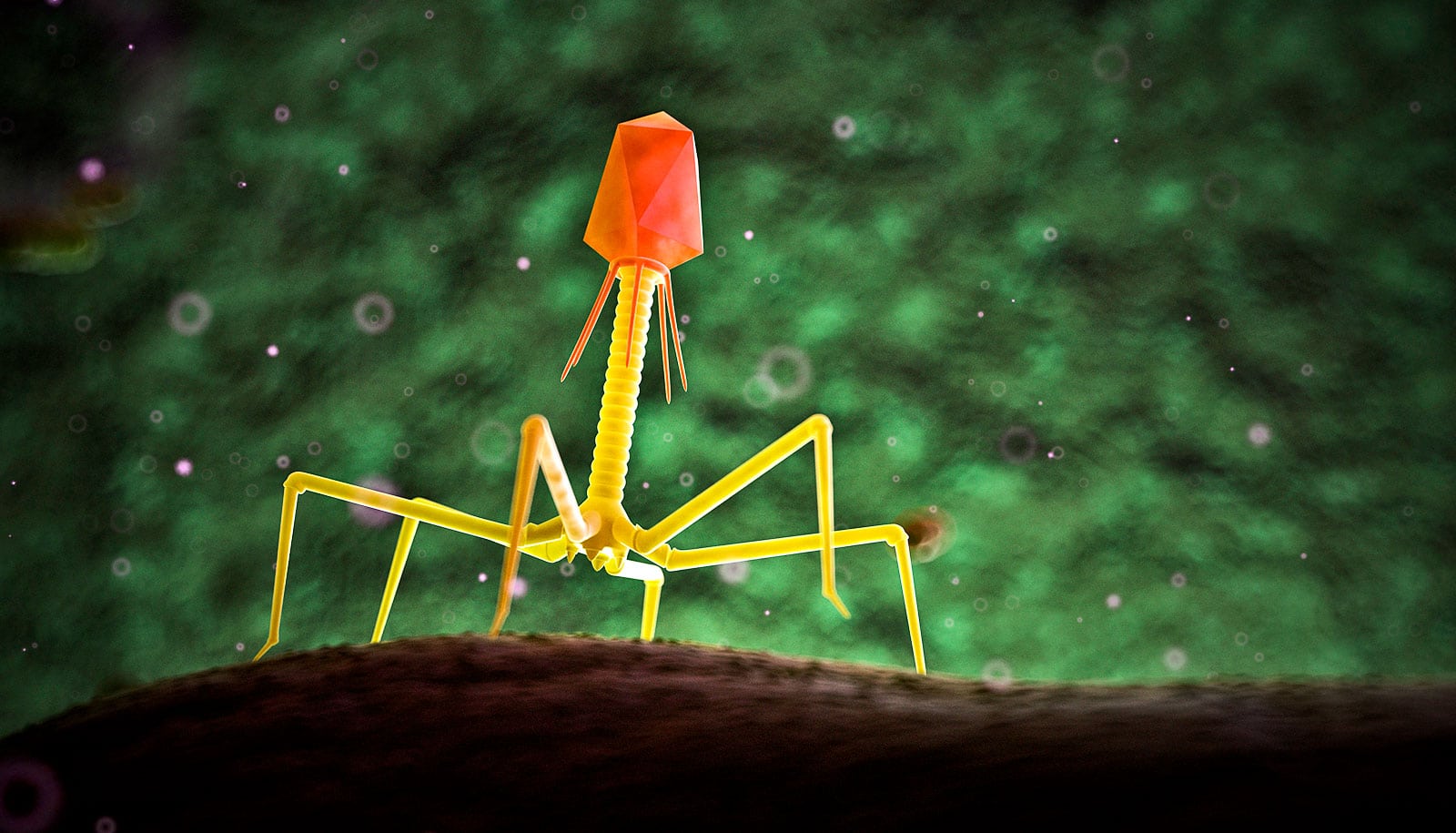Researchers have created the first database of the bacteria colonizing the planet. Called the Earth Microbiome Project, the work involves over 27,000 samples from environments around the world.
“There are large swathes of microbial diversity left to catalogue…”
Researchers analyzed the collections of microbes, or microbiomes, in each sample to generate the database. The project, founded in 2010, will continue to grow and improve as new data are added.
“The potential applications for this database and the types of research questions we can now ask are almost limitless,” says Rob Knight, project cofounder and professor and director of the Center for Microbiome Innovation at University of California, San Diego.
“Here’s just one example—we can now identify what kind of environment a sample came from in more than 90 percent of cases, just by knowing its microbiome, or the types and relative quantities of microbes living in it. That could be useful forensic information at a crime scene,” he says.
Goals and methods
The goal of the Earth Microbiome Project is to sample as many of the Earth’s microbial communities as possible in order to advance scientific understanding of microbes and their relationships with their environments, including plants, animals, and humans.
So far the project has spanned seven continents and 43 countries, from the Arctic to the Antarctic, and more than 500 researchers have contributed to the sample and data collection. Project members are using this information as part of approximately 100 studies, half of which have appeared in peer-reviewed journals.
Project members analyze bacterial diversity among various environments, geographies, and chemistries by sequencing the 16S rRNA gene, a genetic marker specific for bacteria and their relatives, archaea. The 16S rRNA sequences serve as “barcodes” to identify different types of bacteria, allowing researchers to track them across samples from around the world.
Earth Microbiome Project researchers also use a new method to remove sequencing errors in the data, allowing them to get a more accurate picture of the number of unique sequences in the microbiomes.
Within this first release of data, the Earth Microbiome Project team identified around 300,000 unique microbial 16S rRNA sequences, almost 90 percent of which don’t have exact matches in pre-existing databases.
Pre-existing 16S rRNA sequences are limited because they were not designed to allow researchers to add data in a way that’s useful for the future.
“Before, you had to write in to get your sequence listed,” says project coauthor Jon Sanders, “and the listing would contain very little information about where the sequence came from or what other sequences it was found with. Now, we have a framework that supports all that additional context, and which can grow organically to support new kinds of questions and insights.”
Could tree microbiomes cut fertilizer on crops?
“There are large swathes of microbial diversity left to catalogue,” says Gilbert. “And yet we’ve ‘recaptured’ about half of all known bacterial sequences. With this information, patterns in the distribution of the Earth’s microbes are already emerging.”
Surprising findings
According to Gilbert, one of the most surprising observations is that unique 16S sequences are far more specific to individual environments than are the typical units of species used by scientists. The diversity of environments sampled by the Earth Microbiome Project helps demonstrate just how much local environment shapes the microbiome.
For example, the skin microbiomes of cetaceans (whales and dolphins) and fish are more similar to each other than they are to the water they swim in; conversely, the salt in saltwater microbiomes makes them distinct from freshwater, but they are still more similar to each other than to aquatic animal skin. Overall, the microbiomes of a host, such as a human or animal, were quite distinct from free-living microbiomes, such as those found in water and soil.
“These global ecological patterns offer just a glimpse of what is possible with coordinated and cumulative sampling,” Jansson says. “More sampling is needed to account for factors such as latitude and elevation, and to track environmental changes over time. The Earth Microbiome Project provides both a resource for the exploration of myriad questions and a starting point for the guided acquisition of new data to answer them.”
Wasps don’t live as long with ‘borrowed’ microbiomes
More than 300 researchers at more than 160 intuitions around the world, including researchers at the University of Chicago; Argonne National Laboratory; University of California, San Diego; and Pacific Northwest National Laboratory worked on the paper describing this effort, which appears in Nature.
Source: University of Chicago



